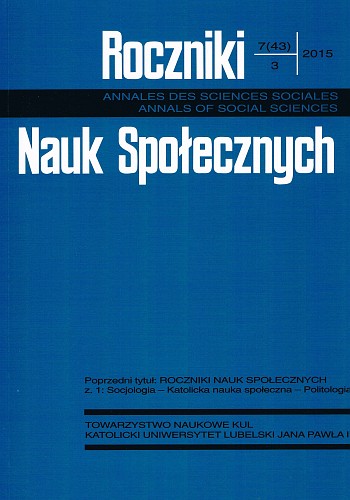Pomnik jako pole bitwy
The monument as the battlefield
Author(s): Jacek Zygmunt SawickiSubject(s): Politics / Political Sciences, History, Social Sciences, Cultural history, Sociology
Published by: Towarzystwo Naukowe KUL & Katolicki Uniwersytet Lubelski Jana Pawła II
Keywords: politics of memory; collective memory; symbolic conflict; monument to the Warsaw Uprising;
Summary/Abstract: The Warsaw Uprising is a symbol of independence and Polish opposition to foreign domination. Militarily it was directed against Nazi Germany, politically against Stalin’s Russia. That is why, after the war, the communist government in Poland was fighting to counteract the legend of the Uprising, seeing it as a threat to their own legitimacy. The battle in the capital ended in tragic defeat. However, among Polish people the memory of the Warsaw Uprising was extremely strong. The collective memory of Polish society protected its identity and helped it to survive. Among the symbols to this memory are an anchor – a symbol of the fighting Polish Underground State, Uprising songs, graves and cemeteries, the testimony and heroism of the insurgents, but mainly anniversary celebrations. The anniversary mobilized the public to create their own version of history and national tradition, an alternative to the official ones. An element of this struggle, lasting many years, was the fight for the erection of a monument to the Warsaw Uprising in the capital. The Author portrays the history of the conflict as a model of politics of memory.
Journal: Roczniki Nauk Społecznych
- Issue Year: 43/2015
- Issue No: 3
- Page Range: 85-112
- Page Count: 28
- Language: Polish

